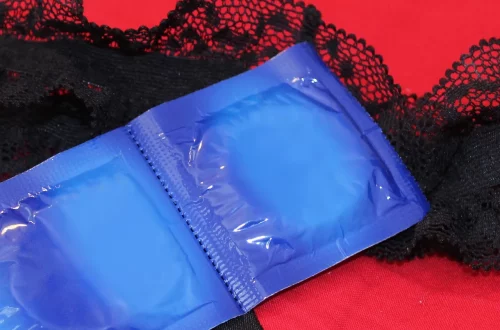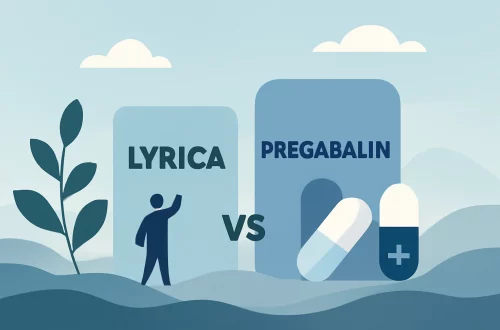
Understanding Ultherapy Costs: What You Need to Know
Ultherapy has gained significant popularity in recent years as a non-invasive skin tightening treatment, appealing to those seeking an alternative to surgical options. The procedure uses ultrasound technology to stimulate collagen production deep within the skin, resulting in a more youthful appearance. However, as with any cosmetic procedure, understanding the costs associated with Ultherapy is crucial for potential patients. The price of Ultherapy can vary widely based on various factors, including the treatment area, the experience of the provider, and geographical location. As individuals consider this innovative treatment, they often have questions regarding the financial commitment involved.
By grasping the elements that influence the cost of Ultherapy, patients can make informed decisions that align with their aesthetic goals and budgetary constraints. In a world where aesthetics often hold significant importance, being well-informed empowers individuals to embark on their journey to enhanced beauty with confidence. Whether you are contemplating Ultherapy for yourself or seeking to understand the broader landscape of non-invasive treatments, understanding the associated costs is a crucial first step in the decision-making process.
Factors Influencing Ultherapy Costs
Several factors contribute to the overall cost of Ultherapy, making it essential for individuals to consider these elements when budgeting for their treatment. One of the primary factors is the treatment area. Ultherapy can be performed on various parts of the body, including the face, neck, and décolletage. Each area may require different amounts of time and resources to achieve the desired results, leading to variations in cost.
The experience and qualifications of the provider also play a significant role in determining the price. Practitioners with extensive training and a solid reputation may charge higher fees due to their expertise and the quality of service they provide. Patients should ensure they choose a licensed and experienced professional to guarantee not only effective results but also safety during the procedure.
Another important consideration is the geographic location of the clinic or medical spa. Prices can differ significantly between urban and rural areas, with metropolitan locations often commanding higher fees due to increased demand and overhead costs. It is advisable for potential patients to research various providers in their area to compare pricing and services offered.
Additionally, the technology and equipment used during the procedure can affect the cost. Clinics that invest in the latest ultrasound technology may charge more, but this often correlates with improved results and patient satisfaction. Lastly, any additional costs such as consultations, follow-up appointments, or necessary pre-treatment assessments should be factored into the overall budget.
By understanding these factors, individuals can better prepare for the financial aspects of Ultherapy and make informed choices that align with their expectations and financial resources.
Average Pricing for Ultherapy Treatments
The average cost of Ultherapy can vary significantly based on several factors, ranging from the treatment area to the provider’s expertise. Typically, patients can expect to pay anywhere from $1,500 to $4,500 for a full treatment session. This range reflects the diversity in treatment areas; for instance, a full-face treatment may be more expensive than a targeted area like the neck or décolletage.
For those considering Ultherapy on a smaller scale, such as for specific areas like the brow or under the chin, prices may start at around $750 to $1,500. These targeted treatments can be an excellent option for individuals looking to address specific concerns without committing to a full treatment plan.
It is essential to note that Ultherapy is generally considered a one-time treatment, although some patients may choose to have maintenance sessions every 12 to 18 months to sustain their results. The long-lasting effects of Ultherapy often make it a cost-effective option compared to surgical alternatives, which can involve higher upfront costs and additional expenses related to recovery.
When budgeting for Ultherapy, patients should also inquire about any promotional offers or packages that clinics may provide. Some facilities offer discounts for first-time clients or bundle treatments, which can help reduce overall costs. Ultimately, understanding the average pricing for Ultherapy treatments allows individuals to plan financially while considering the potential benefits of this innovative procedure.
Insurance and Financing Options
When contemplating the costs associated with Ultherapy, one common question arises: does insurance cover the procedure? Typically, Ultherapy is classified as an elective cosmetic treatment, which means that most health insurance plans do not cover the costs. Patients interested in Ultherapy should be prepared to pay for the treatment out of pocket.
However, many clinics understand the financial concerns of patients and offer various financing options to make the procedure more accessible. These may include payment plans that allow individuals to spread the cost of treatment over several months, making it easier to manage the financial commitment. Some clinics may also collaborate with medical financing companies that specialize in aesthetic procedures, providing additional options for patients seeking to finance their treatments.
Additionally, using health savings accounts (HSAs) or flexible spending accounts (FSAs) can be a viable way to use pre-tax dollars to cover the costs of Ultherapy. Patients should check with their account providers to confirm eligible expenses and ensure they maximize their benefits.
It is always wise for patients to have a thorough discussion with their provider regarding payment options, financing, and any potential promotions available. By exploring these financial avenues, individuals can alleviate some of the financial burdens associated with Ultherapy, allowing them to focus on their aesthetic goals with confidence.
What to Expect During and After Treatment
Understanding what to expect during and after an Ultherapy session can significantly ease any apprehension potential patients may have. The procedure itself typically lasts between 30 to 90 minutes, depending on the treatment area and individual needs. Before the treatment begins, patients will usually have a consultation with their provider to discuss their goals and expectations.
During the procedure, a gel will be applied to the skin, and a handheld device will deliver ultrasound energy to the targeted areas. Most patients report feeling a sensation akin to tiny pinches, which is a normal part of the treatment process. The discomfort level varies from person to person, but the procedure is generally well-tolerated, and many patients find it manageable.
Post-treatment, patients may experience mild redness or swelling in the treated areas, which typically resolves within a few hours. Unlike surgical procedures, there is no significant downtime associated with Ultherapy, allowing individuals to resume their regular activities almost immediately.
Results from Ultherapy may not be immediately visible, as the full effects are often seen over a period of two to three months as collagen continues to develop. Patients are encouraged to follow the aftercare instructions provided by their practitioners to enhance results and promote healing.
It is essential for individuals to maintain realistic expectations regarding the outcomes of Ultherapy. While many patients experience noticeable lifting and tightening effects, results can vary based on individual skin type and condition.
**Disclaimer:** This article is for informational purposes only and does not constitute medical advice. Always consult with a qualified healthcare provider regarding any medical concerns or treatment options.




